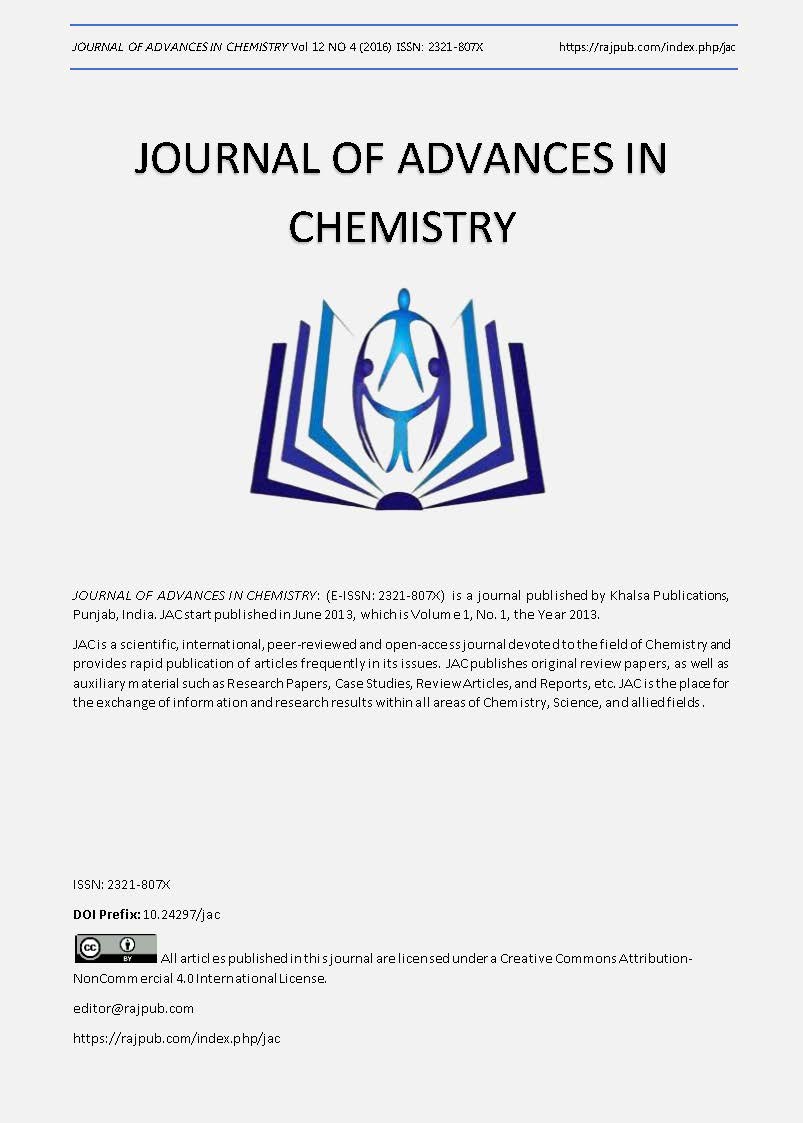Kinetic studies of the release profiles of antiepileptic drug released from a nanostructured TiO2 matrix.
DOI:
https://doi.org/10.24297/jac.v12i4.2176Keywords:
Antiepileptic drugs, Titania matrix, release mechanism, drug releaseAbstract
In this paper is reported the “in vitro†release kinetic studies of antiepileptic drugs released from an inorganic, titanium oxide (TiO2) porous matrix. In order to determine the drug release mechanism, the experimental values were fitted to different mathematical models: zero-order, firs-order, Higuchi, Hixson-Crowel and Peppas. TiO2 was prepared by the sol-gel method adding valproic acid (VPA) or phenytoine (DHP) during the titanium n-butoxide hydrolysis step. The drug-TiO2 systems were observed by scanning electron microscopy. The “in vitro†release experiments were performed at laboratory scale following the United States Pharmacopeia (USP) standards. The obtained materials have a morphology of nanoparticle agglomerates. The particles have different sizes with some roughness and spherical shape. Peppas model suggests for both systems, that the release mechanism is controlled by two parallel processes. The first one is by diffusion of the drug through the matrix and the second is related to a gradient of constant diffusion by ingress of the solvent in the matrix.Downloads
Download data is not yet available.
Downloads
Published
2016-12-16
How to Cite
Hurtado, M. G., Briones, J. R., González, L. M. C., Islas, E. O.-., & Dube, I. Z.-. (2016). Kinetic studies of the release profiles of antiepileptic drug released from a nanostructured TiO2 matrix. JOURNAL OF ADVANCES IN CHEMISTRY, 12(4), 4365–4373. https://doi.org/10.24297/jac.v12i4.2176
Issue
Section
Articles
License
 All articles published in Journal of Advances in Linguistics are licensed under a Creative Commons Attribution 4.0 International License.
All articles published in Journal of Advances in Linguistics are licensed under a Creative Commons Attribution 4.0 International License.




